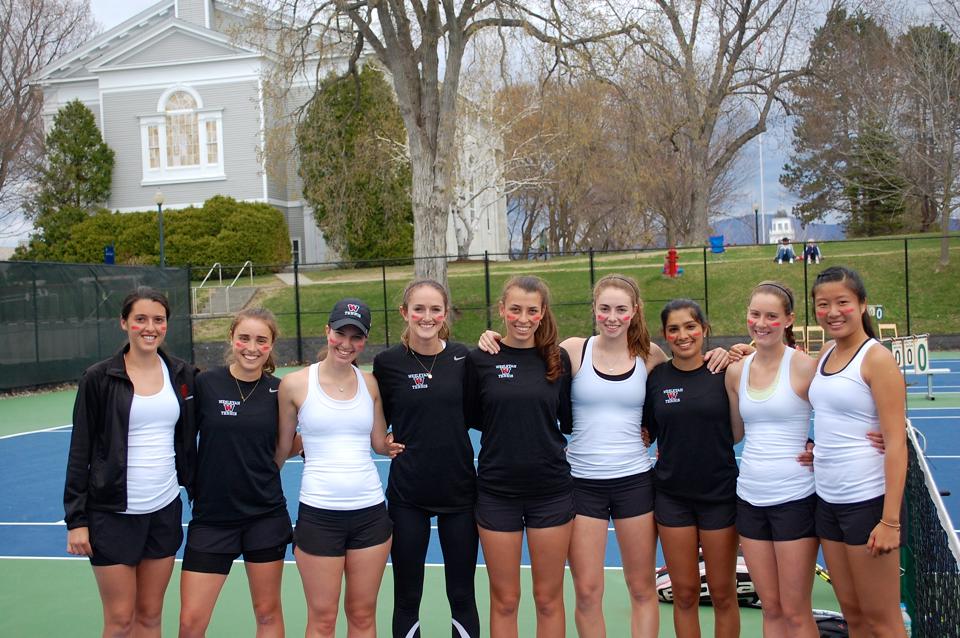
What exactly does it mean to be a Division I versus a Division III college tennis player? As a former DIII two-sport athlete at Wesleyan University, one of these sports of course being tennis, I have gotten this question a lot. I find myself constantly explaining to many junior tennis players and their families what exactly DIII tennis is about and how it differs from DI. For those out there who are still a little confused, I have laid out some of the basic differences between the two divisions.
Competition
DI is highly competitive and draws a large fan base. Because of this, it easily attracts many of the best athletes and competitors. You will have fans all over the country who carefully track your actions and results. Think about the buzz around college football bowl games or about the amount of bandwagon fans out there when March Madness rolls around. DI college tennis is of the same caliber and is filled with players with the potential to go pro. As a DI athlete, it is about more than just you and your teammates. The whole country is involved and watching you.
DIII tennis and athletics actually consists of many DI level players who have decided to pursue a liberal arts education. While at Wesleyan, I was competing with and against some of the best tennis players in the nation, and even in the world. But while the athletic level can be incredibly high, DIII lacks the fanfare you often find in DI. I was never on TV, no one ever wore my jersey number, and I was never close to being a household name. The stands were really only filled with family and with friends who we had guilt tripped into waking up on a Saturday morning to come watch us. The reason and reward for playing comes solely from the passion and love that you have for both the sport and your teammates.
Academics
As a DI athlete, your top priority is athletics. Your main job is to be an athlete for the school, and your academic schedule has to work around your athletic obligations. Some schools highly encourage certain majors that require less work and time commitments. This has even been taken to the extreme and results in scandals such as the academic fraud at UNC and the current UT basketball cheating allegations. As more light is shed on these issues, we can only hope that academics will rise within the priorities of most DI programs.
As the Wesleyan Athletic Director once told us, “Here at Wesleyan, your academics are #1, your athletics are #1a”. At a DIII college, you choose your own major(s) and you have full freedom to make your class schedule each semester as difficult and busy as you want. You are also a college athlete and are expected to be the best that you can be. The challenge comes in learning how to balance all of your responsibilities as a student-athlete in order to excel both academically and athletically.
Scholarships
DI gives out the most athletic scholarships, whether it is full or partial rides. This is obviously a big draw for DI athletic programs, especially when college is so expensive these days. It helps a lot when a university offers to cover all or part of those hefty tuition fees in return for your tennis expertise.
There is no such thing as an athletic scholarship in DIII. No matter how good of a tennis player you are, your tuition can’t be lightened based on your athletic capabilities and accomplishments. Other financial assistance is available and permitted, but tennis unfortunately won’t help you here.

While I may be a little biased (you really can’t go wrong with DIII), neither division is actually better than the other. Each requires certain sacrifices as well as offers amazing rewards. It all depends on how you answer this question, “What do I want out of my college tennis experience?” For all of the junior tennis players out there, I hope this helps in your search for the right college! Good luck!